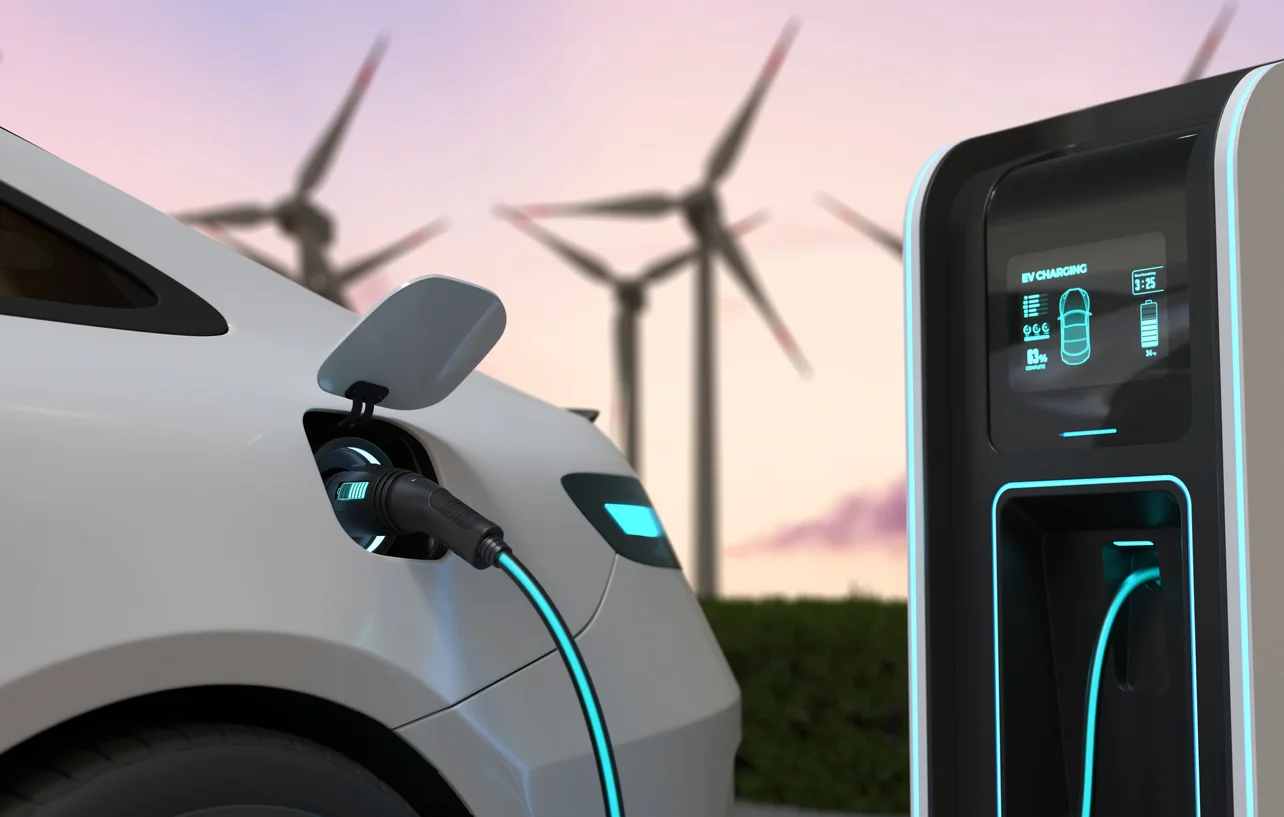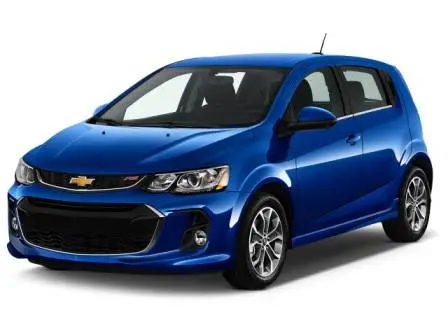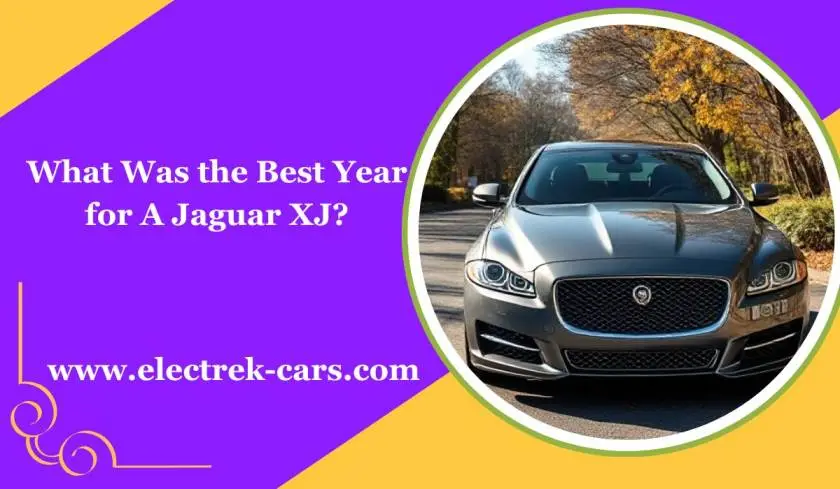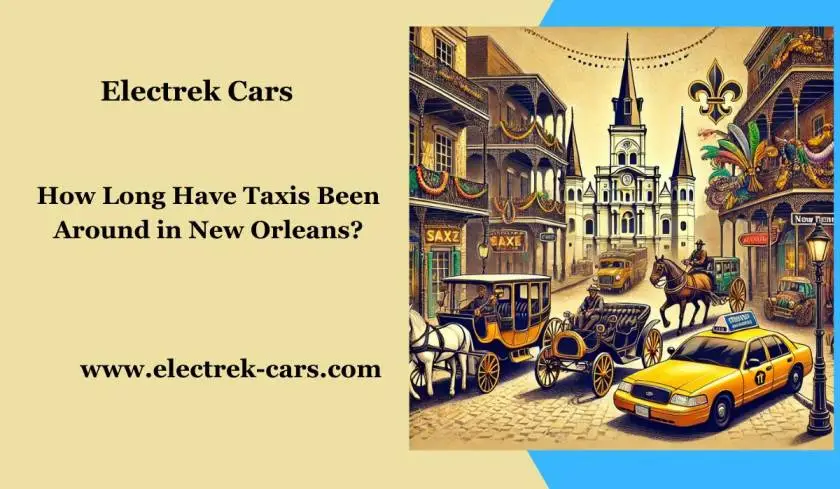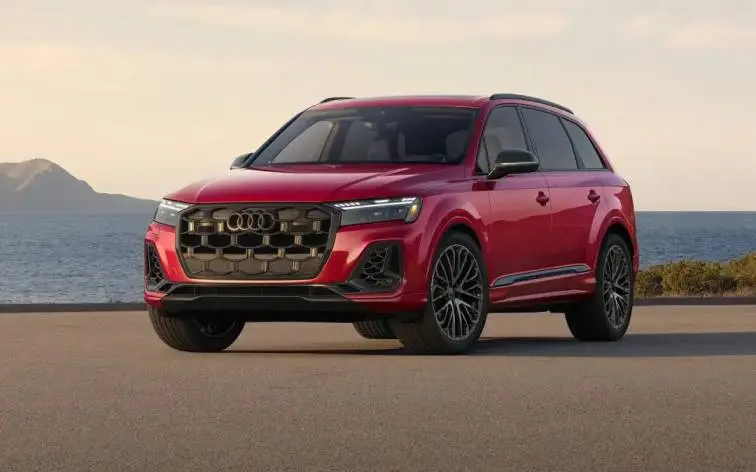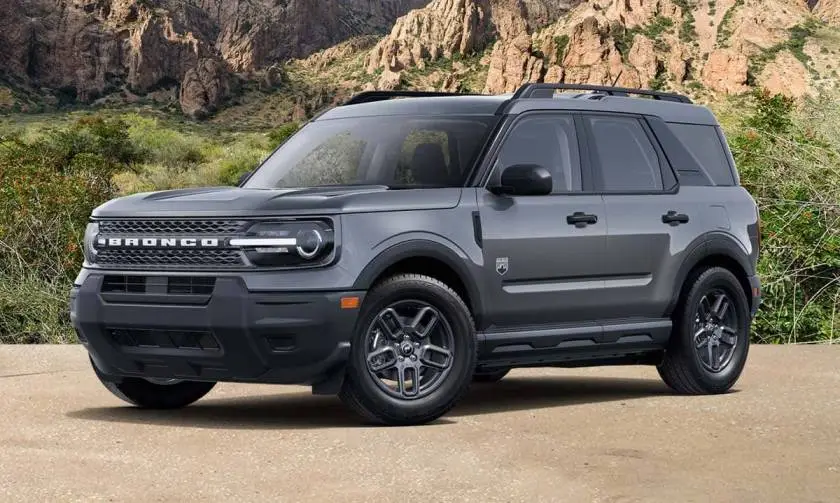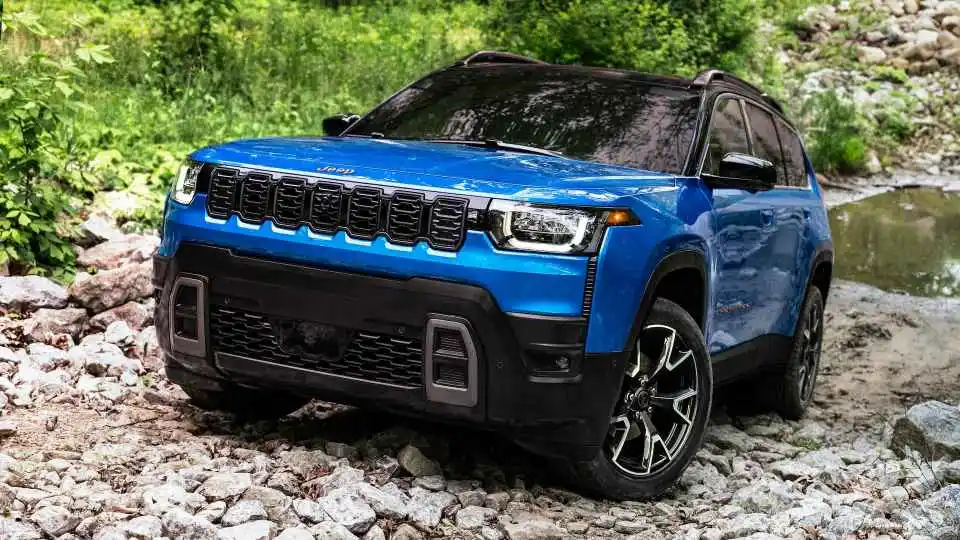The newly inaugurated president has expressed his intention to "encourage genuine consumer choice" regarding new vehicles. America’s 47th president, Donald J. Trump, has promptly utilized his authority over the automotive sector by signing an executive order to eliminate Joe Biden’s electric vehicle (EV) "mandate" shortly after taking office.
Although no such mandate is in place, Trump plans to abolish various pro-EV initiatives and withdraw funding from electric vehicle charging infrastructure. One significant order signed by Trump on Monday is aimed at dismantling.
The Biden administration’s objective of ensuring that 50% of all new vehicles sold in the United States are electric by the year 2030. While this was merely a target and not legally enforceable, numerous automobile manufacturers had expressed their support for it.
What Is the EV Mandate?

The EV mandate, short for Electric Vehicle mandate, refers to government regulations that require a specific percentage of new vehicles sold to be electric or zero-emission. These mandates are designed to accelerate the transition from gasoline-powered vehicles to cleaner, more sustainable transportation in order to reduce greenhouse gas emissions and combat climate change.
Read Also: 2025 Porsche's New 911 Flagship Will Raise the Bar
In the United States, the EV mandate has been gaining momentum, especially after the Biden administration proposed stricter emissions standards and incentives for electric vehicle adoption. Some states, like California, have taken the lead by enforcing their own mandates.
For example, California's Advanced Clean Cars II regulation requires 100% of new car sales to be zero-emission vehicles (ZEVs) by 2035. Other states, including New York, Massachusetts, and Washington, are adopting similar policies.
The EV mandate is not without controversy. While environmental advocates praise it as a critical step toward a cleaner future, critics argue that it may increase vehicle costs, strain infrastructure, and limit consumer choice. Still, automakers are investing billions into EV technology, and the mandate is pushing innovation across the industry.
Ultimately, the EV mandate represents a bold move toward transforming the automotive landscape and reshaping how Americans drive in the coming decades. In this blog, you can find the complete information about the Electric vehicle mandates by state map.
Understanding the Concept of Biden EV Mandate

The new president is largely anticipated to abolish the $7,500 federal EV tax credit as part of his campaign against the EV ‘mandate,’ although his executive order did not explicitly mention this.
Related Article: Digital Home Automation for Car Parking: 5 Innovative Ideas
What it did indicate is that he is “evaluating the removal of unjust subsidies and other poorly conceived government-imposed market distortions that favor EVs over alternative technologies and effectively compel their acquisition by individuals, private enterprises, and government bodies by making other vehicle types financially unviable.
Trump’s executive order also seeks to “encourage genuine consumer choice,” asserting that this is “crucial for economic development and innovation. Additionally, he aims to eliminate “state emission waivers that serve to restrict the sales of gasoline-powered vehicles.
Funding for Electric Vehicle Chargers Has Been Eliminated
The new administration will withdraw federal funding for Biden electric vehicle mandate chargers. In 2021, President Biden allocated $7.5 billion to create a national network of EV chargers, with the expectation that up to 500,000 would be constructed by 2030.
An executive order from Trump states, "all agencies shall immediately pause the disbursement of funds" that were made available through the National Electric Vehicle Infrastructure Formula Program and the Charging and Fueling Infrastructure Discretionary Grant Program.

Moreover, the procedures, policies, and programs related to the issuance of grants, loans, and contracts will undergo a review. It is also anticipated that tailpipe emission standards may be relaxed under the Trump administration.
He has mandated an immediate assessment of the development of domestic energy resources, which, according to Trump, limit consumer choice of vehicles. To know what is the EV mandate?
Further information is yet to be disclosed, but reports indicate that the new administration aims to revert fuel economy and emission standards to the levels set in 2019. This change could permit approximately 25% more emissions per vehicle mile compared to the current limits for 2025.
FAQ's- Biden EV Mandate
What is the 2026 EV mandate?
Under California's mandate, 35% of new 2026 model vehicles sold in the state must be zero-emissions, increasing to 68% by 2030 and reaching 100% by 2035. This initiative builds upon decades of progressively stricter emissions standards for vehicles sold within the state.
What is the EV policy for 2030?
India has set a goal to increase the share of Electric Vehicle (EV) sales to 30% in private cars, 70% in commercial vehicles, 40% in buses, and 80% in two-wheelers and three-wheelers by the year 2030. This ambitious target aims for 80 million EVs to be on Indian roads by 2030.
What is the 2025 EV law in California?
By January 1, 2025, the California Energy Commission (CEC) is required to establish standards for how charger operators inform customers about the availability and accessibility of public EV charging infrastructure. Starting January 1, 2025, the CEC must evaluate the operational uptime of EV chargers.
Will EV last 20 years?
Contemporary EVs are engineered to endure for 15 to 20 years, which is comparable to or even exceeds the lifespan of traditional internal combustion engine (ICE) vehicles. The primary determinant of their durability is the battery. EV batteries are generally deemed to have reached the end of their useful life when their capacity falls below 70 to 80 percent of their original performance.
Why is EV not the future?
Some of these concerns are valid. Indeed, when compared to conventional vehicles, EVs present a range of challenges for the average consumer. For instance, the nearly 2% annual battery degradation, along with safety issues related to potential EV fire hazards, can sometimes make the transition away from gasoline-powered vehicles seem less appealing.

